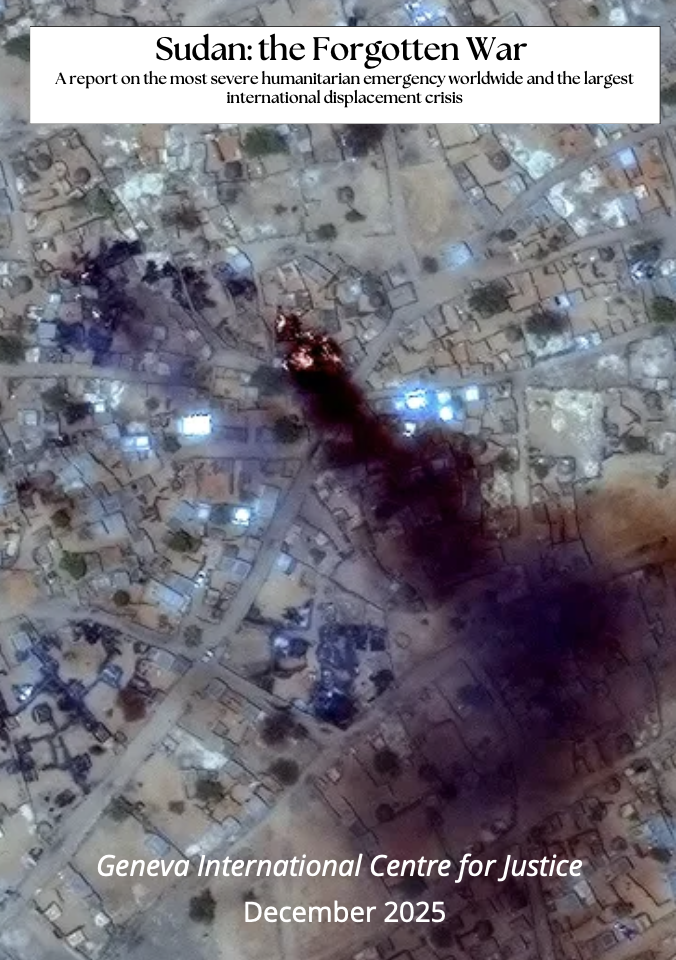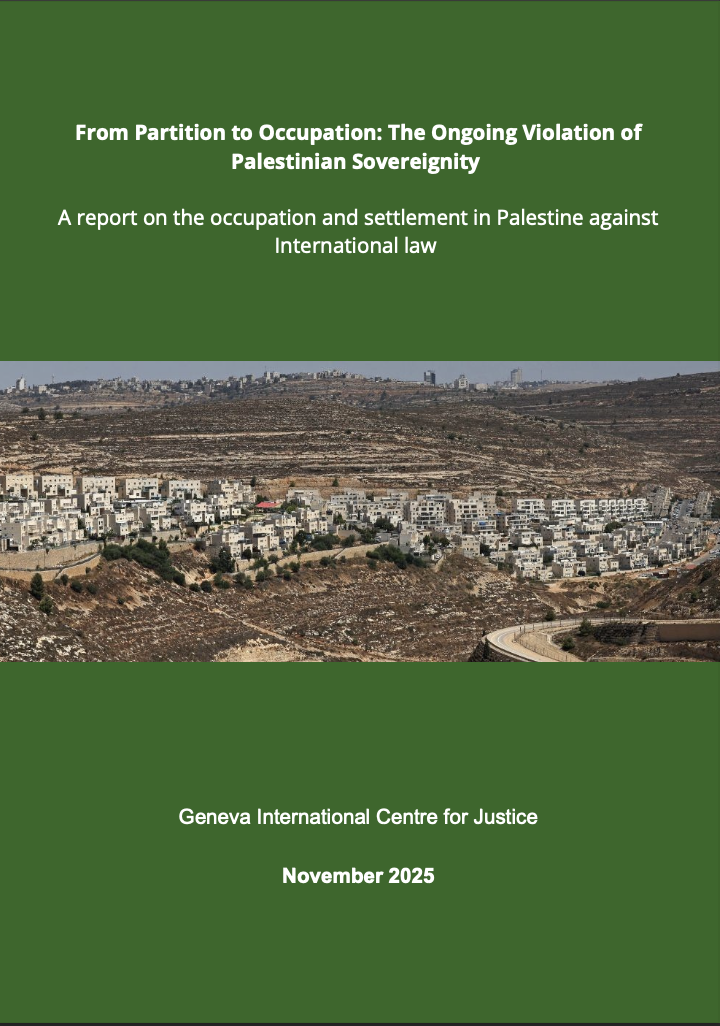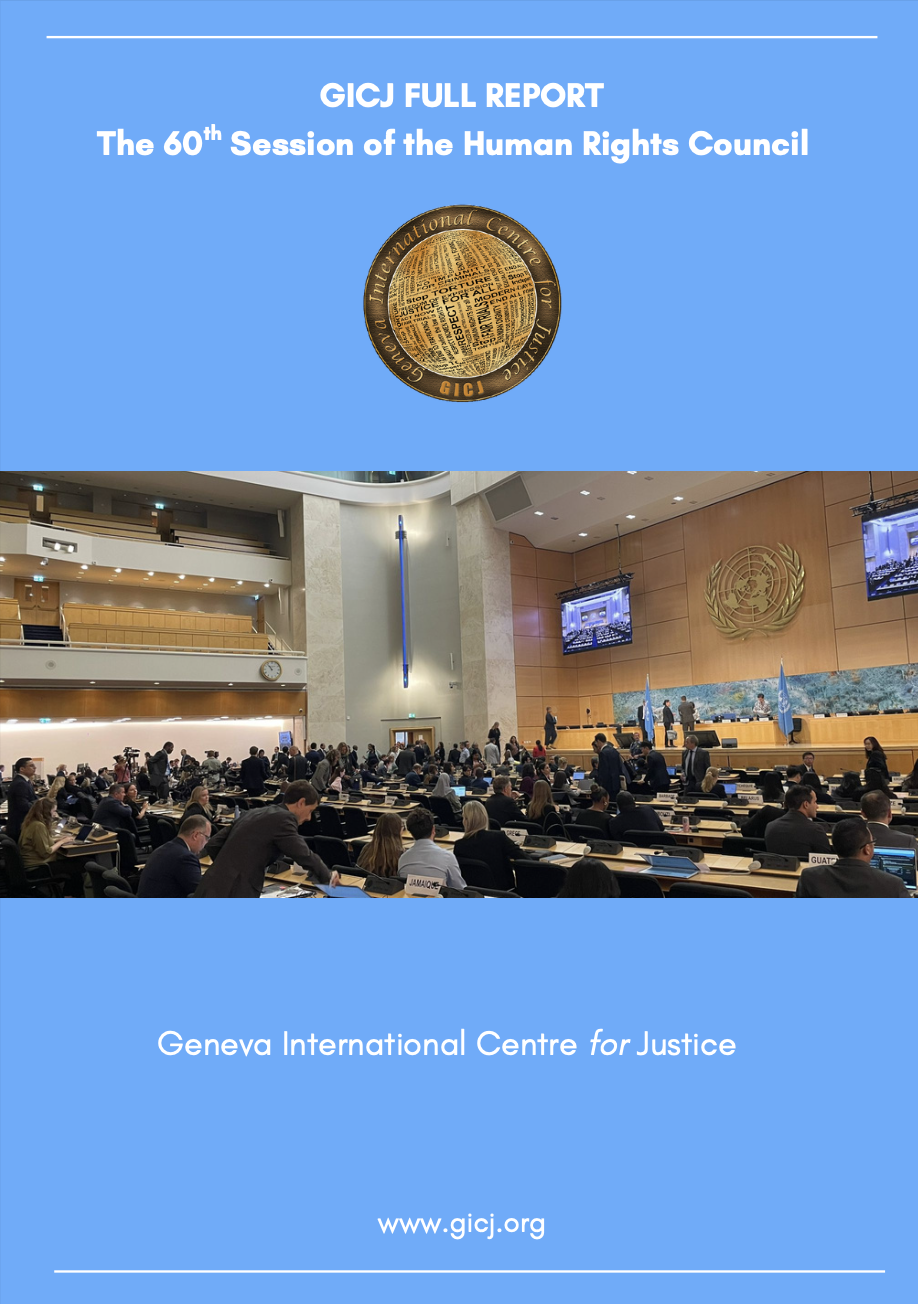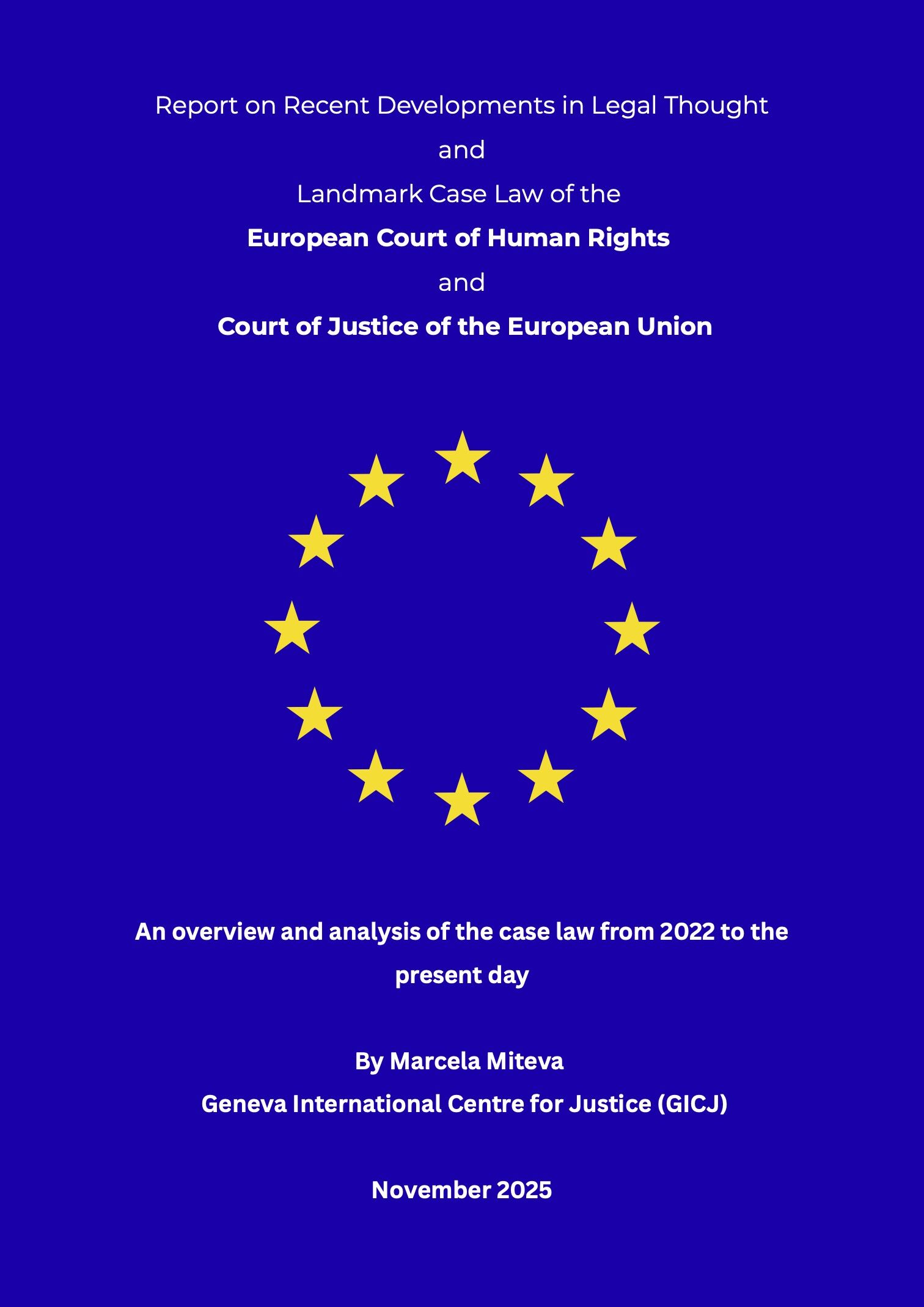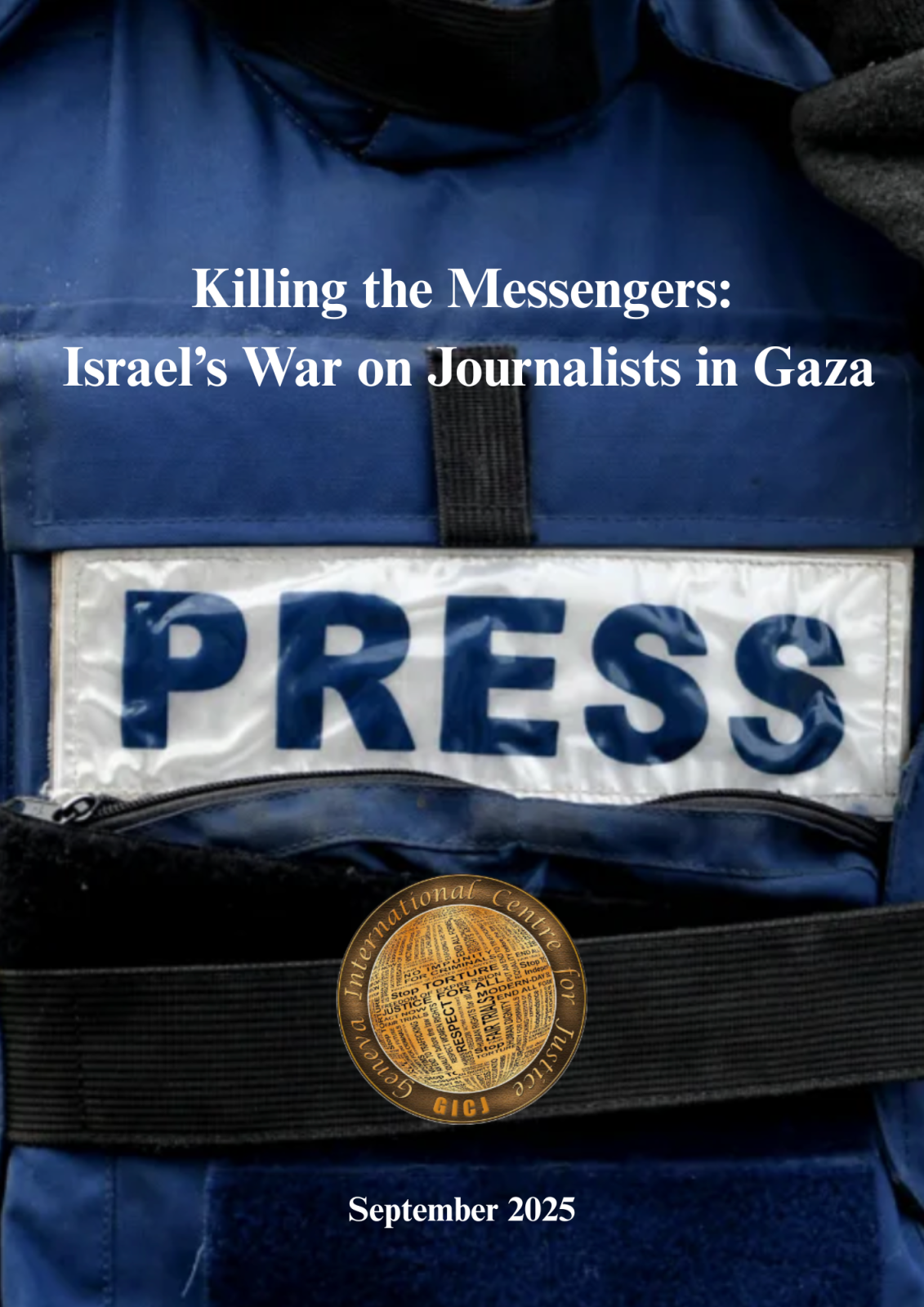Migration: A step in improving the development of communities
By Patricia Mutebi Jjuuko / GICJ
On the 18th of December 2022, the world observes International Migrants Day. This day was set apart as an occasion to express concern for the many different vulnerable people on the move. It seeks to raise awareness to dismantle prejudices and raise awareness of migrants’ contributions in the economic, cultural, and social sectors which benefit both their countries of origin and destination.
Although not defined by international law, a migrant is a person who moves away from his or her usual place of residence, whether within a country or across an international border, temporarily or permanently for a variety of reasons.[1]
Background
The number of migrants and displaced persons has increased over the years. According to the International Organization for Migration (IOM), the total of international migrants worldwide as of 2020 was 281 million. One in every ten migrants is under the age of 15. Migration is driven by many reasons varying from improving incomes, to joining family members, to escaping persecution and taking flight from environmental threats caused by climate change.[2]
In 2021 extreme weather events led to the displacement of 23.7 million. Not only do people migrate because of natural disasters like floods, but when harvests also decline because of gradual changes to the environment like increasing temperatures, some people decide to migrate.[3]
At the heart of migration is an aspiration for dignity, security, and peace.
Considering the increasing number of migrants in the world, the UN General Assembly on the 4th of December 2000, officially proclaimed the 18th of December of each year as International Migrants Day, through the resolution A/RES/55/93. This date was chosen because it was on 18 December 1990 that the UN General Assembly adopted a resolution to endorse the International Convention on the Protection of the Rights of All Migrant Workers and Members of Their Families.
Theme of International Migrants Day 2022: “It Takes a Community”
The theme of this year’s International Day reminds all people of our interdependence, our common humanity, and the unique contribution we collectively make to our shared communities. The International Organization of Migration (IOM) 2030 Agenda for Sustainable Development recognizes that migration is a powerful driver of sustainable development for migrants and their communities. Migrants bring significant benefits such as skills, strengthening the labour force, investment, and cultural diversity which contribute to improving the lives of others in their communities, and in their countries of origin through the transfer of financial resources.
Migration improves the economic conditions of the countries of origin through job creation which in the long run reduces pressures by providing people with better options to work domestically. As such, migration is a development tool for countries of origin. It has been observed that migrants maintain economic, social, and cultural ties with their countries of origin. The investment in education, housing, and healthcare for their needy family members create “feedback effects” that contribute significantly to the countries of origin.
Current global concerns
Forced migration due to armed conflict
As of the end of 2021, the total number of people worldwide forced to flee their homes due to conflicts, violence, fear of persecution, and human rights violations was 89.3 million, more than double the 42.7 million people displaced a decade ago.[4] This situation is exacerbated when international humanitarian law is violated and not respected. The principle of distinction from the additional protocol to the Geneva Conventions, added in 1977, prescribes that:
“In order to ensure respect for and protection of the civilian population and civilian objects, the parties to the conflict shall at all times distinguish between the civilian population and combatants and between civilian objects and military objectives and accordingly shall direct their operations only against military objectives”.[5]This principle has been violated in Ukraine where 7 million have been internally displaced and millions more have had to seek refuge outside the country due to intense hostilities, including large-scale destruction of critical civilian infrastructure and housing.[6]
Respecting the rule of law brings benefits and helps prevent people from having to leave their homes, reducing the predicaments that they face in their journey to improve their lives. Adhering to international humanitarian law is essential in addressing the root cause of forced migration. [7]
Containment development
It is reported that 86%of the world’s displaced people are in developing countries.[8] The concept of containment development refers to international governments’ attempts to discourage mobility in Africa in order to stem migration by making development aid conditional on migration management, through information campaigns and reintegration measures.[9] By denying the possibility to arrive legally, governments push migrants to seek illegal means that include smugglers putting their lives in danger.
Challenges of adjustment
Migrant workers are vulnerable to discrimination, xenophobia, and racism in the communities that they live in. Many times, migrants are associated with criminality which leads to violence. Article 25 of the Convention establishes that all migrant workers and their families shall enjoy treatment not less favorable than that which applies to nationals of the State of employment in respect of remuneration and other conditions of work and terms of employment.[10] Migrants are faced with social and cultural challenges including unsatisfactory living conditions, and separation from their families. One example is the building of the World Cup stadiums in Qatar by migrant workers which revealed that many of the workers faced delayed or unpaid wages, forced labor, long hours in hot weather, employer intimidation, and an inability to leave their jobs because of the country’s sponsorship system. This has led to many deaths over the last decade and as these deaths are not being recorded as work-related, it prevents families from receiving compensation.[11]
The Convention on the Protection of the Rights of All Migrant Workers and Members of Their Families has been ratified primarily by countries of origin of migrants. Geneva International Centre for Justice (GICJ) notes with concern that no migrant-receiving state in Western Europe or North America has ratified the Convention. Other migrant-receiving states such as Australia, Arab states of the Persian Gulf, India, and South Africa have not ratified the Convention. GICJ urges these States to ratify and commit themselves to ensuring that the rights of migrants are respected and always protected
On this International Day, let us remember that “migration is an expression of the human aspiration for dignity, safety, and a better future. It is part of the social fabric, part of our very make-up as a human family.”- former UN Secretary-General Ban Ki-moon
Migrants day, human rights, dignity, safety, peace, armed conflict, containment development, challenges of adjustment, geneva4justice, GICJ, Geneva international centre for justice
[1] https://ww/iom.int/who-migrant=0
[2] Black, R et al, Migration as adaptation, Nature (London), 10/2011, Volume 478, Issue 7370
[4] https://www.unhcr.org/globaltrends.html#:~:text=Global%20Forced%20Displacement,rights%20violations%20was%2089.3%20million.
[5] Protocol Additional to the Geneva Conventions of 12 August 1949, and relating to the Protection of Victims of International Armed Conflicts (Protocol I), 8 June 1977
[6] https://www.ohchr.org/en/statements/2022/09/human-rights-concerns-related-forced-displacement-ukraine#:~:text=Some%207%20million%20people
[7] https://www.icrc.org/en/document/speech-migration-and-internal-displacement-national-and-global-challenges
[8] https://www.unrefugees.org.uk/wp-content/uploads/Global-Trends-2020.pdf
[9] Landau, L. ‘A chronotope of containment development: Europe’s migrant crisis and Africa’s reterritorialisation’ (2019) 51(1) Antipode169–86. [OL]
[10] https://www.ohchr.org/en/treaty-bodies/cmw/background-convention
[11] https://edition.cnn.com/2022/11/17/football/qatar-2022-world-cup-migrant-workers-human-rights-spt-intl/index.html#:~:text=Since%202010%2C%20migrant%20workers%20have,human%20rights%20organizations%20have%20found.




